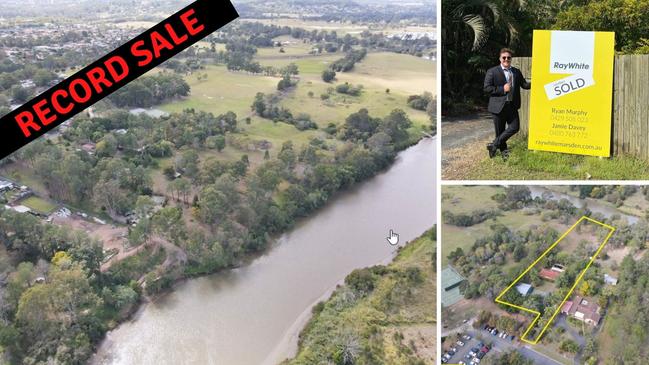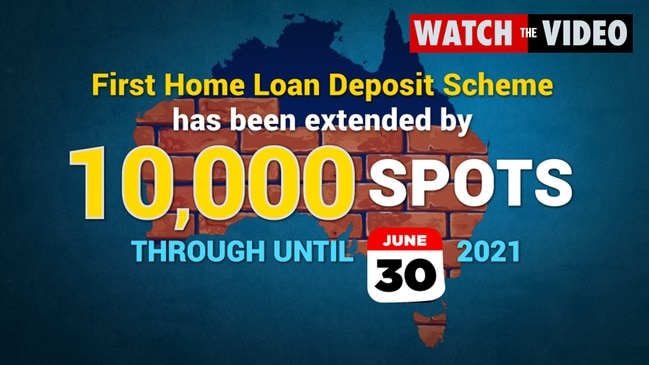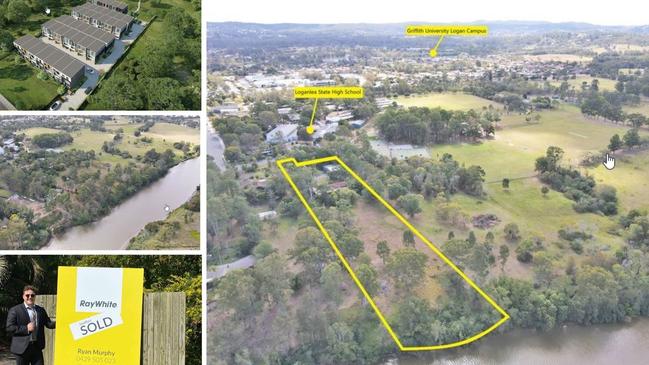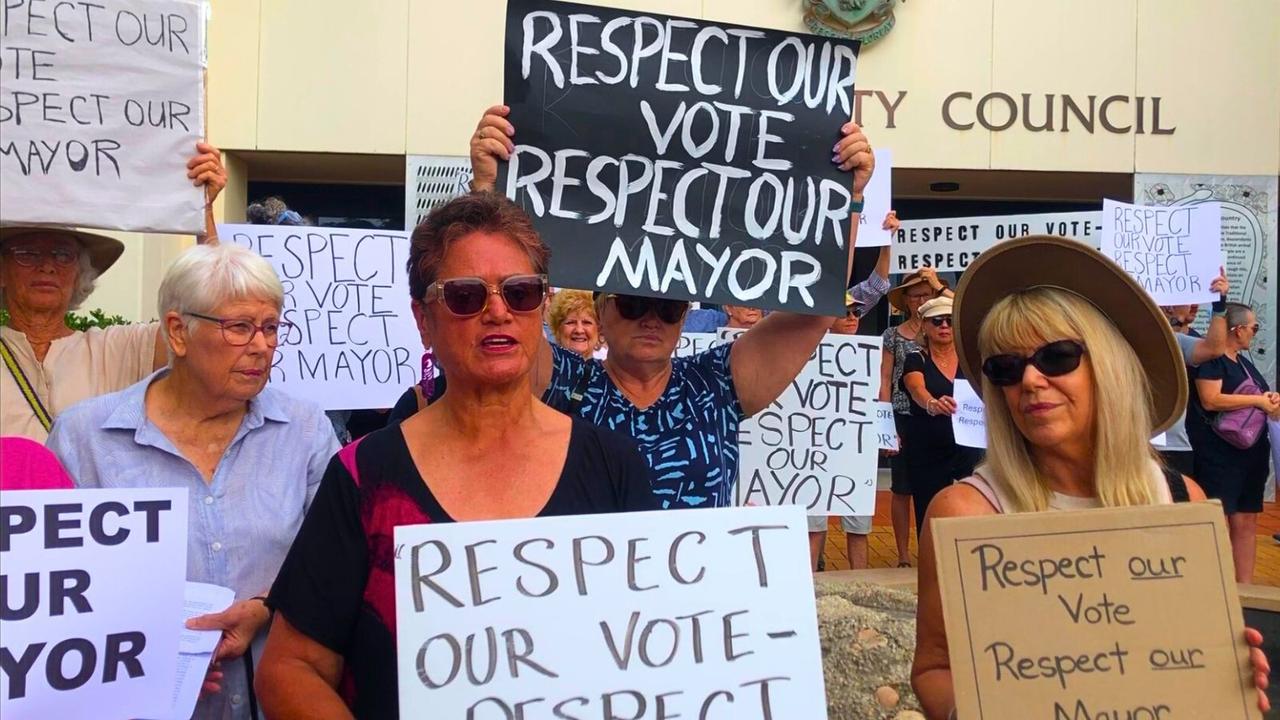Budget won’t apply brakes to white hot property market after record sales
Two record-breaking property sales south of Brisbane have fuelled talks of a white hot real estate market that will be a focus in Tuesday’s federal budget.

Logan
Don't miss out on the headlines from Logan. Followed categories will be added to My News.
Two record-breaking property sales south of Brisbane this month have fuelled talks of a piping hot real estate market that will be a focus of Tuesday’s federal budget.
Strong buyer demand and a lack of properties for sale across the country has fuelled a whopping 2.8 per cent surge in prices over the past two months.
Southeast Queensland is no different.
Ray White Marsden principal Avi Khan said the two Logan sales proved the market was headed towards overheating.
He said the budget helped first home buyers who will now only need a 5 per cent deposit on a property without the need to pay lenders mortgage insurance.
The price cap varies from city to city and between existing and new properties.
In Queensland, the cap will rise from $475,000 to $650,000.

“It doesn’t matter what measures are in the federal budget, nothing is going to effectively put the brakes on the premium prices we are seeing being paid by first home buyers and investors at the moment,” he said.
“High prices in Sydney mean investors are more inclined to dip their toes into the southeast Queensland market in places such as Logan where they can get two properties for the price of one in Sydney.
“The budget really should be catering for first-home buyers, who have some money because they have not been able to travel.
“That would be a good way to close the affordable housing gap and get more young couples into the market.”
Mr Khan said demand was outstripping supply and buyers were moving at lightning speeds, when they saw properties they liked, reminiscent of the early 2000s.
That was putting upward pressure on housing prices, which he said was evident with two record breaking sales in Logan this month.
He said a riverfront property at 35 Isabel St, Loganlea, which was sold before auction, broke the suburb’s highest price record this month when it pulled in $2.1 million for the vendor.
Mr Khan said the property would have only fetched $1.2 million 12 months ago.

But a development approval for 40 townhouses had sealed the deal.
“Logan is looking great,” he said. “Developers are looking for stock to buy in the area to support the surging demand from first homeowners and investors but the problem is we just can’t keep up the stock.”
Another eye-watering sale was in the nearby suburb of Marsden, where a property at 18 Apex St, scraped in $400,000, setting a new suburb record for a three bedroom, one bathroom house on 600 sqm.

“Typically, sales of this size are selling for between $330,000 to $350,000,” Mr Khan said.
“So there were smiles all around when there were 32 inspections and 14 offers in just four days.”
An upturn in Australia’s credit cycle and the growing market confidence, was backed up with data from global property analysts CoreLogic, which showed there was nothing on the horizon to suggest the current momentum would slow.
Mr Khan said he estimated that Logan property values had grown at their fastest rate since 1988 over March, fuelled by new lending for housing at around 44 per cent above the pre-COVID levels.
National home values surged 2.8 per cent in March to a median of $614,768 – the largest month-on-month increase since 1988 according to CoreLogic’s national home value index.
Australia’s housing market is now well entrenched in one of the strongest growth phases on record.
“Demand is expected to remain strongest from first-time buyers and upgraders, many of whom are spending money on a house instead of having overseas holidays,” he said.
“Australia’s top bankers and chief regulator are adamant that rapidly rising house prices are not seeding financial risks that warrant lending curbs.
“Borrowers’ incomes will be a key indicator for any future government action so we are waiting to see what the budget does in terms of home loan deferral arrangements and migration.”



